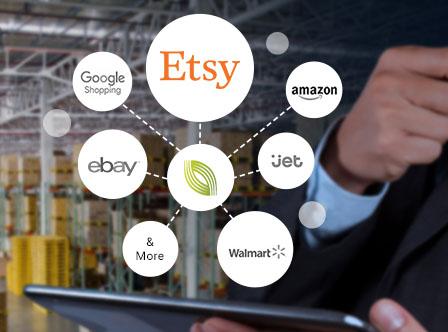E-Ticaret Tarihi
Elektronik ticaret (e-ticaret) kavramı, elektronik veri alışverişinin ilk kez tanıtıldığı 1960’lara kadar izlenebilir. EDI, işletmelerin kâğıt tabanlı yöntemler yerine elektronik olarak belge ve bilgi alışverişinde bulunmalarını sağladı.
1979 yılında İngiliz mucit ve girişimci Michael Aldrich ilk çevrimiçi alışveriş sistemini geliştirdi. Sistemi, görüntü ekranı olarak bir televizyon seti ve işlem cihazı olarak bir telefon kullanıyordu.
1980’lerde internetin gelişmesi ve yaygınlaşması, online alışverişin büyümesine yol açtı.
1994 yılında Mosaic ve SSL kullanılarak ilk güvenli çevrimiçi işlem tamamlandı. Bu, hassas bilgilerin internet üzerinden güvenli bir şekilde iletilmesinin mümkün olduğunu göstermesi ve online alışverişin yaygınlaşmasının önünü açması nedeniyle e-ticaretin gelişiminde önemli bir dönüm noktası oldu.
Güvenli Yuva Katmanı (SSL), ağa bağlı bilgisayarlar arasında güvenli bağlantılar kurmak için kullanılan bir protokoldür. Genellikle kredi kartı numaraları veya kişisel veriler gibi hassas bilgilerin iletilmesi gibi internet üzerinden güvenli iletişim için kullanılır. SSL, veri iletimini güvence altına almak ve iletişime dahil olan tarafların kimliğini doğrulamak için şifreleme kullanır.
Mosaic, 1990’ların başında Urbana-Champaign’deki Illinois Üniversitesi Ulusal Süper Hesaplama Uygulamaları Merkezi (NCSA) tarafından geliştirilen bir web tarayıcısıydı. İlk grafik web tarayıcılarından biriydi ve World Wide Web’in yaygınlaşmasında önemli bir rol oynadı. Mosaic sonunda 1997’de durduruldu, ancak mirası, çoğu ilk olarak Mosaic’te geliştirilen özellikleri içeren modern web tarayıcılarında yaşıyor.
1995 yılında, şu anda dünyanın en büyük e-ticaret şirketlerinden biri olan Amazon.com, Jeff Bezos tarafından kuruldu.
1990’ların sonlarında, dot-com balonu, e-ticaret şirketlerinin sayısında önemli bir artış gördü ve bunların çoğu, müteakip piyasa çöküşü sırasında başarısız oldu.
2000’li yılların başında e-ticaret olgunlaşmaya ve yaygınlaşmaya başladı. PayPal gibi çevrimiçi ödeme sistemleri geliştirildi ve tüketicilerin çevrimiçi alışverişe olan güveninin artmasına yardımcı oldu.
2010’lu yıllarda akıllı telefonların yaygınlaşmasıyla birlikte mobil ticaret (m-ticaret) daha yaygın hale geldi. Bu, tüketicilerin mobil cihazlarını kullanarak çevrimiçi alışveriş yapmalarını sağladı.
Son yıllarda sosyal medya ve mesajlaşma uygulamaları da satın al butonu, chatbot gibi özelliklerin kullanılmasıyla e-ticaret için platform olarak kullanılmaya başlandı.
Günümüzde e-ticaret büyük bir endüstri haline geldi ve online alışveriş dünya çapında birçok tüketici için popüler ve uygun bir seçenek haline geldi.


